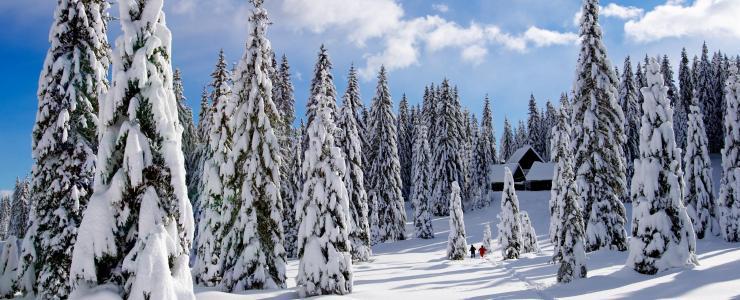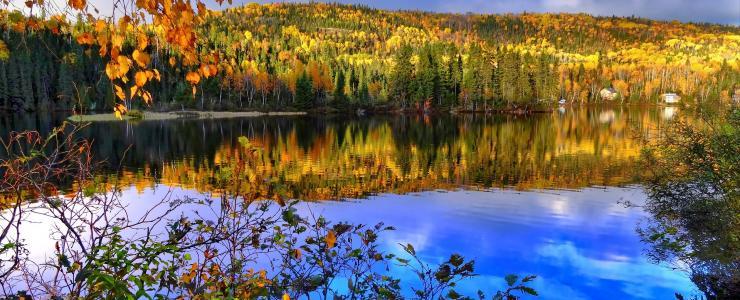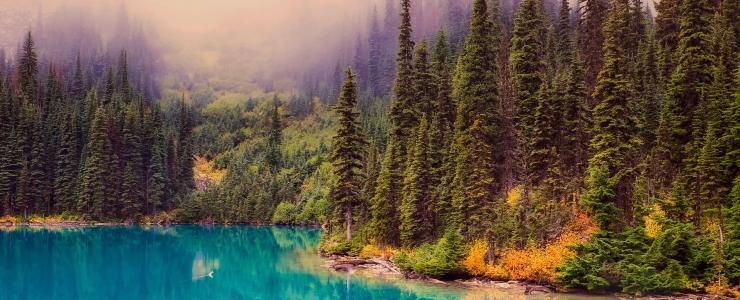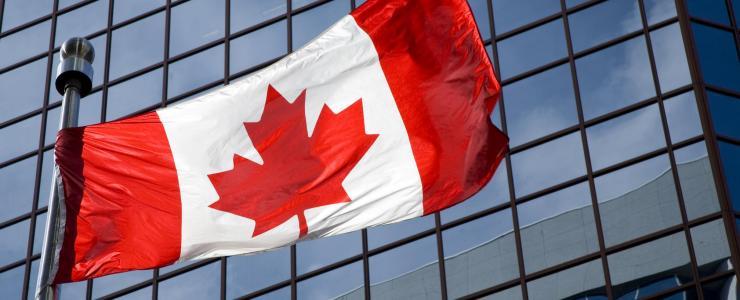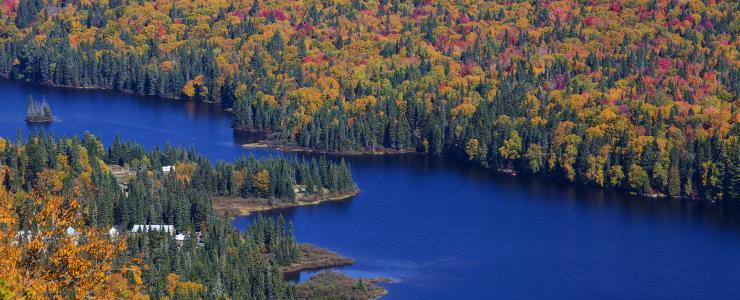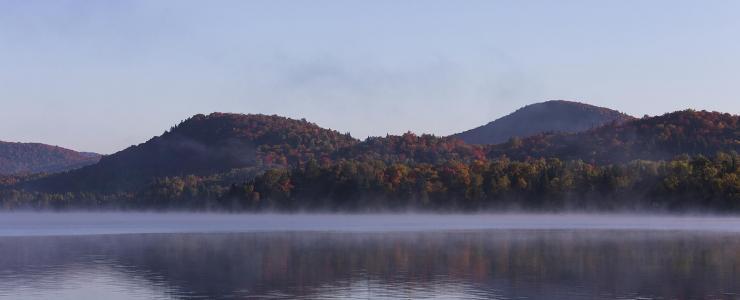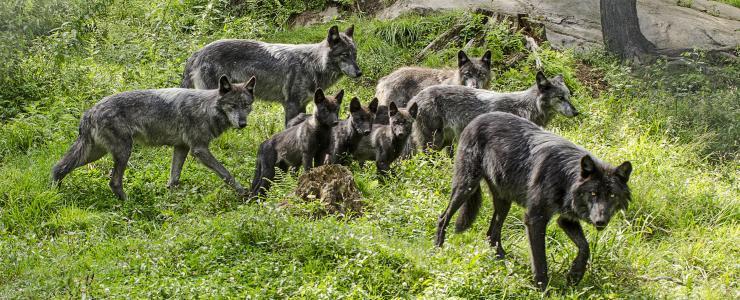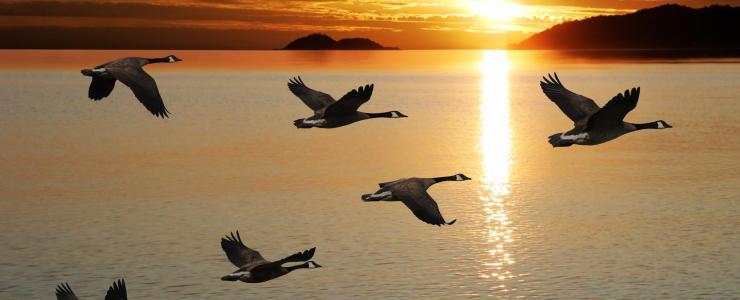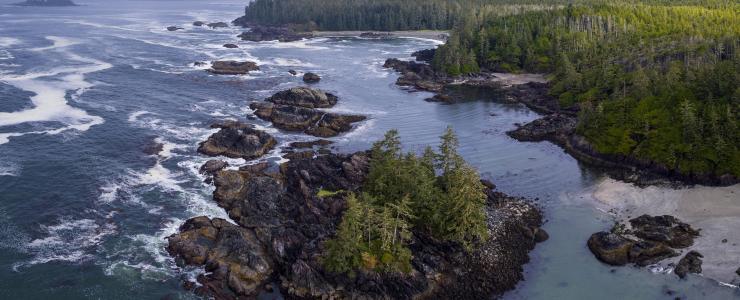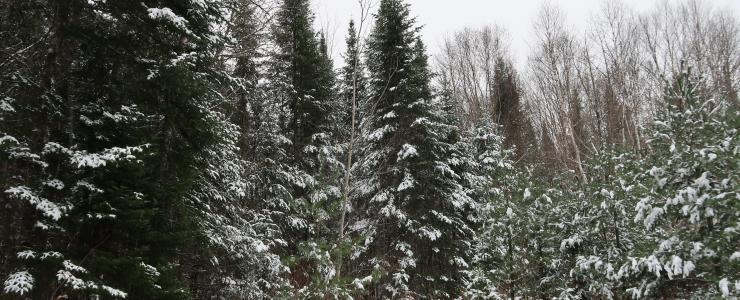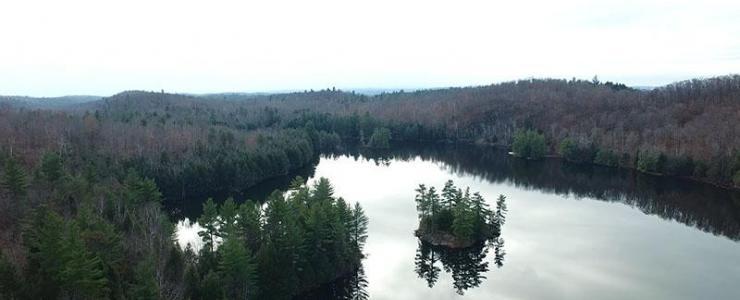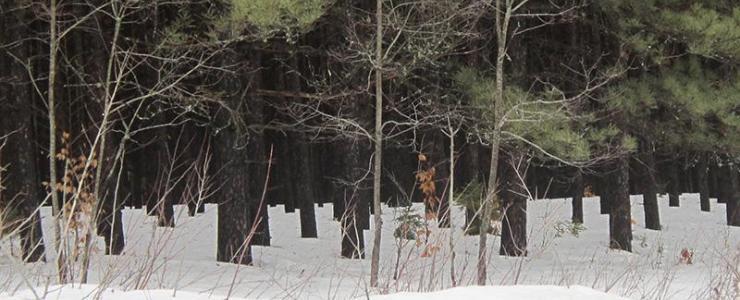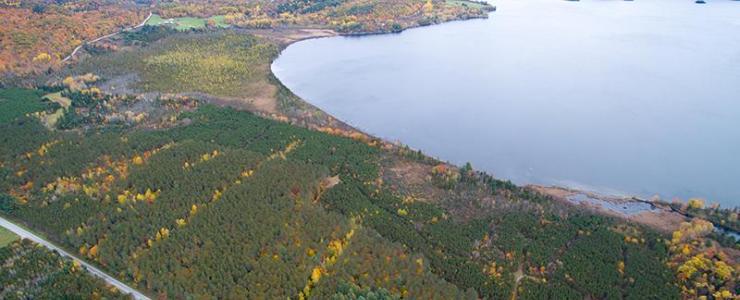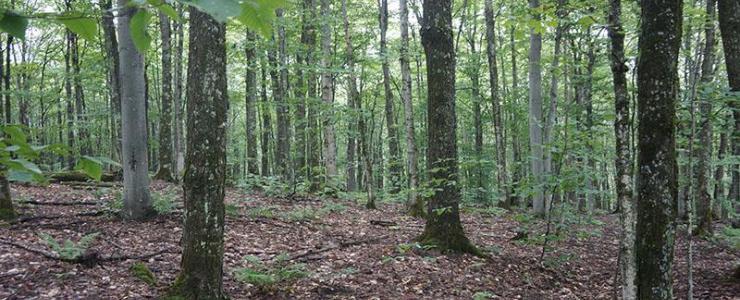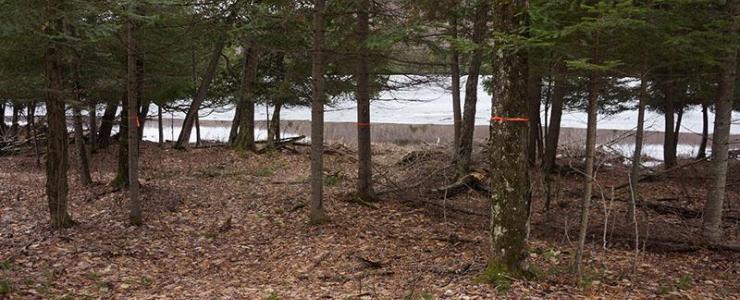What is forest management like in Québec?
Silviculture in Québec is a subject that is sure to interest our readers as well as future investors looking to move into the Canadian forest sector.
We asked Julien Moreau, forestry engineer and manager of Sylva Croissance, a forest services company located in the Montreal area, to tell us about private forests in Québec.
Québec's private forest represents 70,000 km², of which 66,000 km² is productive. Its exploitation is important but its trees are relatively young compared to those in Europe.
Julien Moreau takes us undercover into the forest for an interview...
The Québec Forest
What type of forest is found in the province of Québec?
I’m mainly familiar with southern Québec, along the St. Lawrence River. My main sector of activity is located in the sugar maple–yellow birch bioclimatic domain, which stretches nearly 65,600 km² over Québec, and in the climatic domain of the lime tree/maple and hickory/maple climatic domain. These are hardwood forests mainly featuring maple. Further east, towards the estuary, conifers tend to dominate in the more severe climate.
Is Québec's forest the result of plantations or natural regeneration?
It mainly comes from natural regeneration in the hardwood forests.
To the east and the lower St. Lawrence, there are more spruce plantations, which are currently being harvested. Forestry management takes the standing trees into consideration.
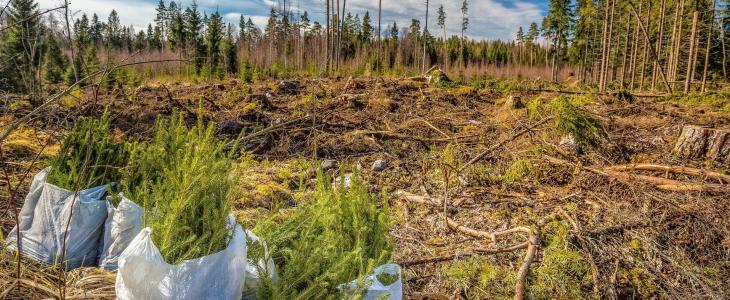
What is the proportion of hardwood/softwood in private forests?
The hardwood forest is mainly located near the major urban centers. It is easily accessible and gives Québecers plenty of recreational opportunities.
According to the Conseil de l'Industrie Forestière du Québec, of the 66,246 km² of logged forest, there are 7 million m³ of softwood and 8 million m³ of hardwood offering forestry opportunities. The harvests are 3.2 million m³ of softwood and 1.6 million m³ of hardwood.
The hardwood forest is mainly located near the big urban centers
The softwood harvest is therefore higher if we take the whole of Québec. Personally, 80% of my harvest is in the hardwood forests, but that is because of my geographic situation, as I explained earlier, and the trees along the St. Lawrence River near Montreal are mainly hardwoods.
In Québec, do we have even-aged or uneven-aged stands?
For conifers, we mainly have even-aged stands: wood of the same age and the same diameter.
For hardwoods, we mostly have uneven-aged, more heterogeneous stands.
So, about the time.
What kind of timber do people look for in Québec?
It all depends on the type of felling. With selective felling of hardwood, we mainly supply pulpwood. Hardwood species account for 75-80% of that. However, it should be noted that in Québec, forestry management is still in the relatively early stages. Forests are only just starting to be managed. We still need more time to develop fine hardwoods.
It is easier to exploit coniferous trees right away because the quality criteria are much less demanding. Generally, 80% of the softwood harvested is used for sawn timber. Softwoods develop fewer defects in their wood.
What are the four most highly sought-after species for the wood industry today?
There is a very favorable context for the timber trade at the moment. There is high demand from the United States. Spruce is a ‘star’ species, very much in demand for the construction sector, especially for houses (farmhouses, half-timbering, etc.). Fir comes second with very good sales.
As for hardwoods, red oak, sugar maple and birches are highly valued, particularly in the cabinetwork sector. These species are used to make parquet floors and embellishments. They are ideal for finishing house interiors.
Is the timber production valued locally, nationally or internationally?
In my region, wood production is mainly used for primary processing. The processed wood is then exported to the United States. The revenues thus come from primary and secondary processing. More marginal, we have the European and Asian markets.
The local market is also vibrant.
What trends did you see in 2018?
The timber market is doing well. Our retirees are baby boomers, born after the Second World War. They are plenty of them, they had good jobs and want to invest, in the forest in particular. They are very interested in the maple forests, and in forests for recreation and hunting.
How do you see the timber market over the next few years?
Wood will be more and more in demand, especially by Americans who need it for their buildings. The price of wood will therefore increase.
Environmental or regulatory constraints mean that production is below demand, which adds to the price pressure. However, the factories located north of the St. Lawrence River get their supplies from public forests, which leads to some competition between private forest owners and public forests.
Forest estate
What type of investors are there in Québec?
Forest buyers are investors pursuing a childhood dream: owning their own little bit of nature! Logging is not especially their goal.
What are the non-timber revenues from the forest?
Maple syrup harvesting and the leasing of maple groves for syrup harvests can bring in significant incomes. Mushroom picking is rather marginal, as are hunting leases.
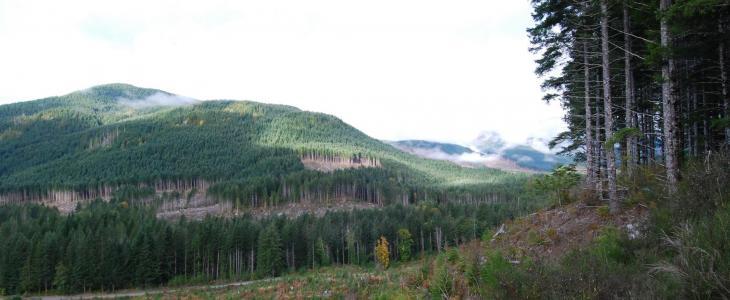
Forestry work
What is the average surface area of the forest properties you have under management?
I work on properties of about 40 ha on average.
How does the felling rotation work?
We mainly do thinning work. Remember, we have only been doing forest management for about 40 years, it's all recent! We have not yet reached the first cycle. In southern Québec, depending on the type of forest, trees may be 70 to 100 years of age now.
So we are still at the thinning stage.
In private forests, there is not much clear-cutting, it is very frowned upon. Selective logging is preferred to maintain forest cover. Natural regeneration is favored, particularly in hardwood forests.
So what is the felling cycle? In France, the cycles range from 7 to 14 years.
Selective felling cycles range from about 10-15 years. This felling cycle varies from one forest stand to another. For example, for spruce, the total cycle time is 60 years.
Which species do you replant the most?
Hybrid poplar, oak, maple and spruce are used to reforest agricultural wastelands, for example. That is part of our expertise at Sylva Croissance.
How long does the felling work take?
Mechanized operations are completed relatively quickly. For example, for 10 ha, it takes 10 days, about 1 ha per day. Sometimes its faster, depending on how easy access to the forest is. We use mechanization as much as possible.
How do forest managers like you work?
We have specific mandates, depending on requirements. In Québec, we tend to work assignment by assignment, signing a contract for each specific requirement. There are few contracts that span several years. Which is how with differ from France.
We thus have to remain attentive to demand because nothing is certain. However, the expertise we have honed over the years suggests that our customers have nonetheless become loyal.

